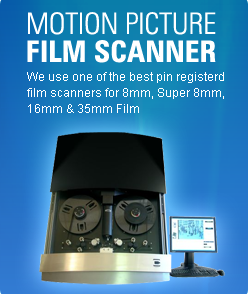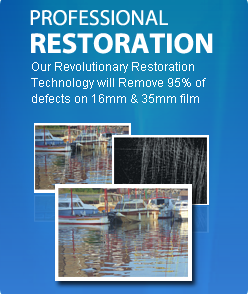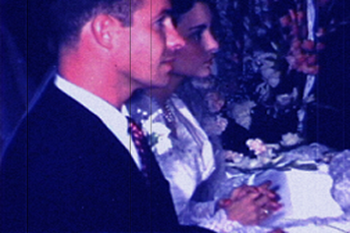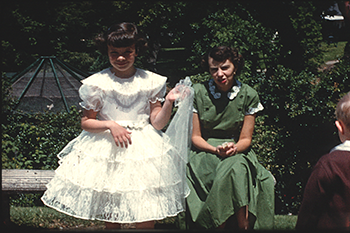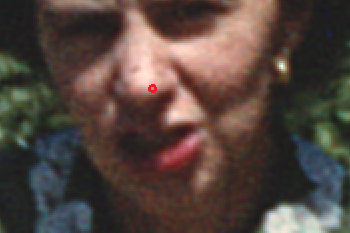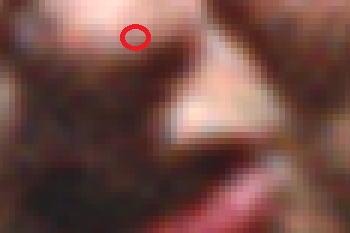
The first table shows how the same film looks using our 4 different processes. You can see that the difference can be significant for our Flint customers.
The second table presents a case for scanning 8mm and Super 8 film at 2K resolution. In the past year we have done 20 comparisons. Contrary to popular belief, we do see a noticeable difference in quality between our Pro HD and Pro 2K process on 8mm and Super 8 film.
8mm And Super 8 Film Flint |
|
SD Scan
|
|
Pro HD Scan
|
|
Pro 2K Scan
|
|
Pro 4K Scan
|
|
Film Resolution |
|
Resolution of Film |
|
Film Grain
|
|
Film Grain vs Digital Pixel
|
|
Professional films usually have access to the original camera negative in addition to work prints, answer prints, etc. It is always better to scan using the original camera negative.
Flint Fun Facts: Throughout the 20th century and beyond, Flint has continued to be closely tied to the auto industry, experiencing both the prosperity and hardships visited on the industry at various times in the nation's history. The city of Flint is located along Michigan's Flint River, about 68 miles northwest of Detroit. It is one of Michigan's largest cities and the county seat of Genesee County. Nearby large cities include the state capital of Lansing (47 miles to the southwest), Saginaw (36 miles to the north), and Ann Arbor (54 miles to the south).
Michigan Fun Facts: The Mackinac Bridge, which connects Michigan’s upper peninsula to the rest of the state, spans five miles and is one of the world’s longest suspension bridges. Detroit, the state’s largest city, is the home of the American auto industry and is the birthplace of Motown Records. Michigan, the Wolverine State, joined the union in 1837. Located in the center of the Great Lakes, Michigan is divided into two land masses known as the Upper and Lower Peninsulas.
